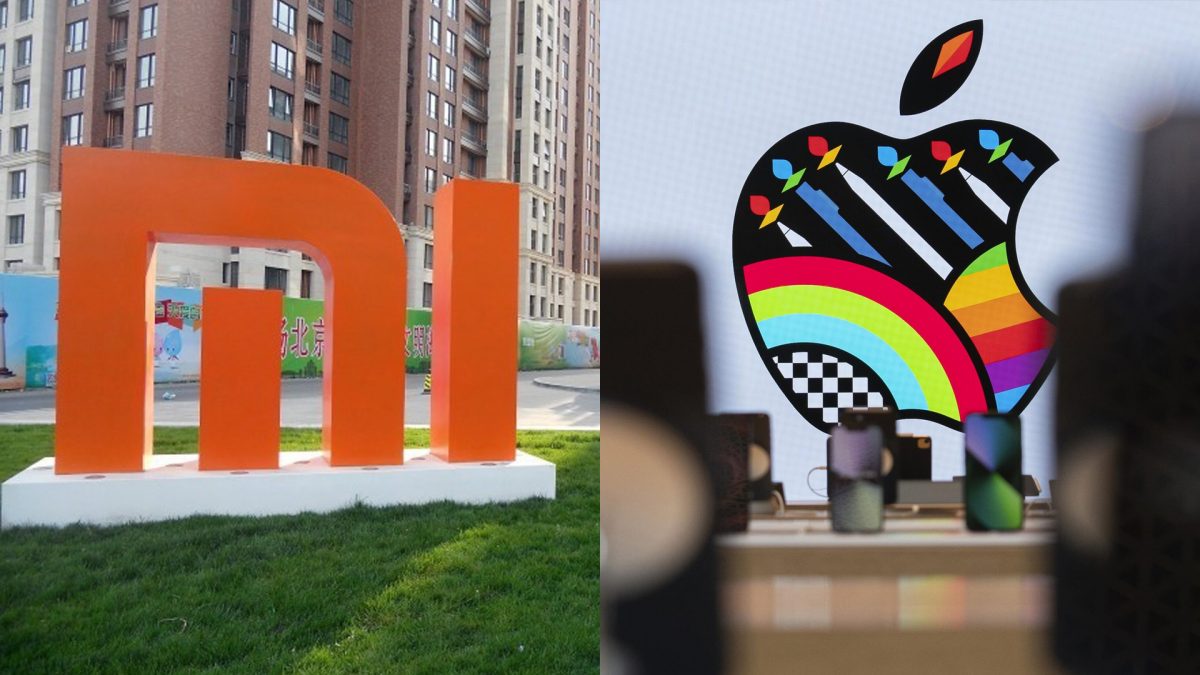
During August 2024, Xiaomi captured the second spot in global smartphone sales, surpassing Apple for the first time since August 2021. According to preliminary data from Counterpoint Research’s Smartphone 360 Monthly Tracker, Xiaomi’s global sell-through volumes remained steady compared to the previous month, while Apple experienced a seasonal decline in the same period. This achievement marks Xiaomi’s rapid growth in 2024, contributing to the overall recovery of the global smartphone market.
Samsung meanwhile has pretty steady numbers, once again. Xiaomi’s success in 2024 is largely attributed to its revised product, sales, and marketing strategies, which have paid off after a challenging period in 2022 and the first half of 2023. Despite supply chain disruptions and a difficult macroeconomic and geopolitical landscape, the company restructured its approach by streamlining its product lineup.

Instead of releasing multiple devices within the same segment, Xiaomi focused on creating standout models in each price range. This shift, along with Xiaomi’s focus on sales and market expansion, allowed the company to thrive in both existing and new markets. While its entry-to-mid-tier devices, particularly in the sub-$200 range, continued to perform well, Xiaomi also gained traction in the premium segment with the introduction of foldable and ‘ultra’ devices.
Key markets such as India, Latin America, Southeast Asia, and the Middle East have seen strong demand, particularly for Xiaomi’s Redmi 13 and Note 13 series, which offer affordable 5G capabilities. While Xiaomi’s recent rise to the number two position reflects its impressive growth, Apple’s seasonal slump in August also contributed to the shift. Traditionally, August is a slower month for Apple as consumers hold off on purchasing until the new iPhone models, typically launched in September.
This year, the iPhone 16 series is expected to drive a significant surge in Apple’s sales, likely allowing the company to regain the number two, or possibly even the number one spot in the coming months. Xiaomi’s advancement is emblematic of broader changes in the global smartphone market, where competition among top brands is fiercer than ever. As smartphones become increasingly similar in terms of technology and pricing, brands are finding new ways to differentiate themselves.
Innovations in device design, such as foldables, and the integration of generative AI features are key areas where companies like Xiaomi and its competitors are striving to stand out. This recent success underscores the importance of Xiaomi’s product strategy, market expansion, and focus on research and development, as the company continues to challenge the global leaders in the smartphone industry. Xiaomi has overtaken Apple and claimed the No.
2 spot in terms of global smartphone sell-through volumes in August 2024, the first time since August 2021, even as its sales volumes remained flat MoM, compared to Apple’s seasonal decline during the same period. This comes to us from Counterpoint Research’s Smartphone 360 Monthly Tracker. Xiaomi has been one of the fastest-growing smartphone brands in 2024, helping the global market’s path to recovery.
In August, Xiaomi outperformed the market, with seasonal declines in its key markets being offset by promotions-led growth in Latin America. Following its supply struggles in 2022, Xiaomi, like the rest of the smartphone industry, had to cope with a challenging macroeconomic and geopolitical environment in 2023. After a weak 2022 and H1 2023, Xiaomi successfully altered its product, sales and channel strategy and is now finally reaping benefits, enjoying strong growth over the past year and growing YoY nearly every month.
Commenting on Xiaomi’s strategy, Research Director at Counterpoint, Tarun Pathak said, “Xiaomi has adopted a leaner product strategy this year, focusing its energies to create one hero model per price band, rather than launching multiple devices in one segment. Besides, it has also re-energized its sales and marketing focus while continuing expansion into newer markets and consolidating its position in existing markets. While entry-to-mid-tier devices continue to show strong performance for Xiaomi, it has also made inroads into the premium segment with foldable and ‘ultra’ devices.
” Most of Xiaomi’s key markets have seen economic recovery over the past few quarters, which has been most beneficial for demand in lower price bands. Xiaomi is especially strong in the lower price bands, i.e.
<$200, more so following the launch of its price-competitive 5G devices Redmi 13 and Note 13 series. The Redmi devices have been hugely popular, helping Xiaomi gain share across all its key markets, especially in India, Latin America, Southeast Asia and Middle East and Africa. While Xiaomi capturing the #2 spot in August was largely due to its aggressive growth in recent quarters, Apple’s seasonal slide was also a factor.
With the new generation of iPhones usually launching in September, August tends to be Apple’s weakest month in a given calendar year. The launch of the iPhone 16 series is likely to propel Apple to recapture the #2 spot, or even the #1 spot, in the coming months as sales ramp up. Xiaomi capturing the #2 spot is symbolic of a more significant trend in the global smartphone market.
As devices edge closer to each other in terms of technology and price, competition has never been higher among the top brands. With new form factors (foldable) and GenAI features helping brands differentiate their offerings, device ecosystem, product design marketing strategy and research remain as important as ever, as evidenced by Xiaomi’s recent surge..














